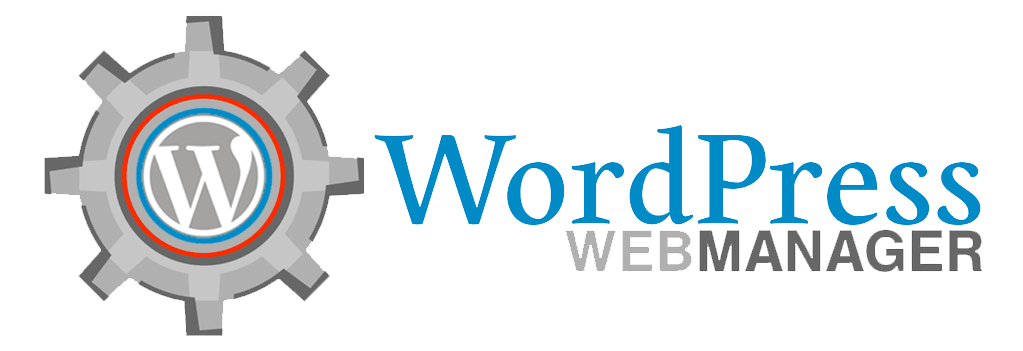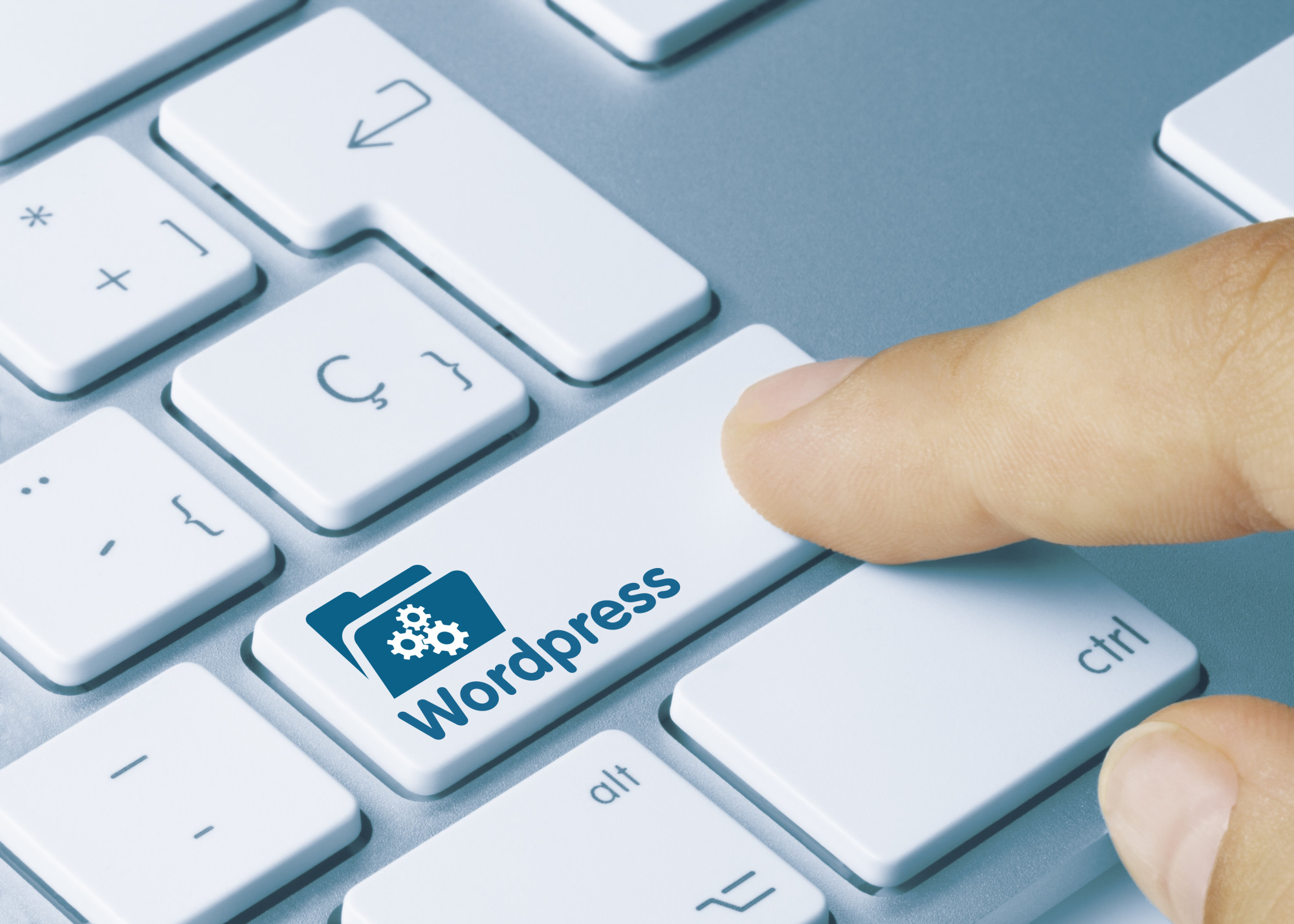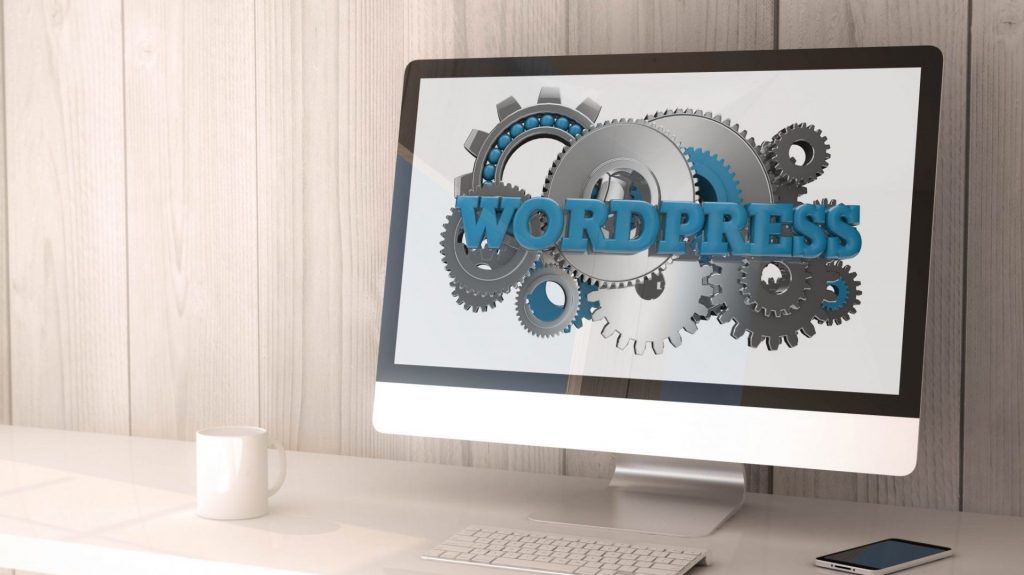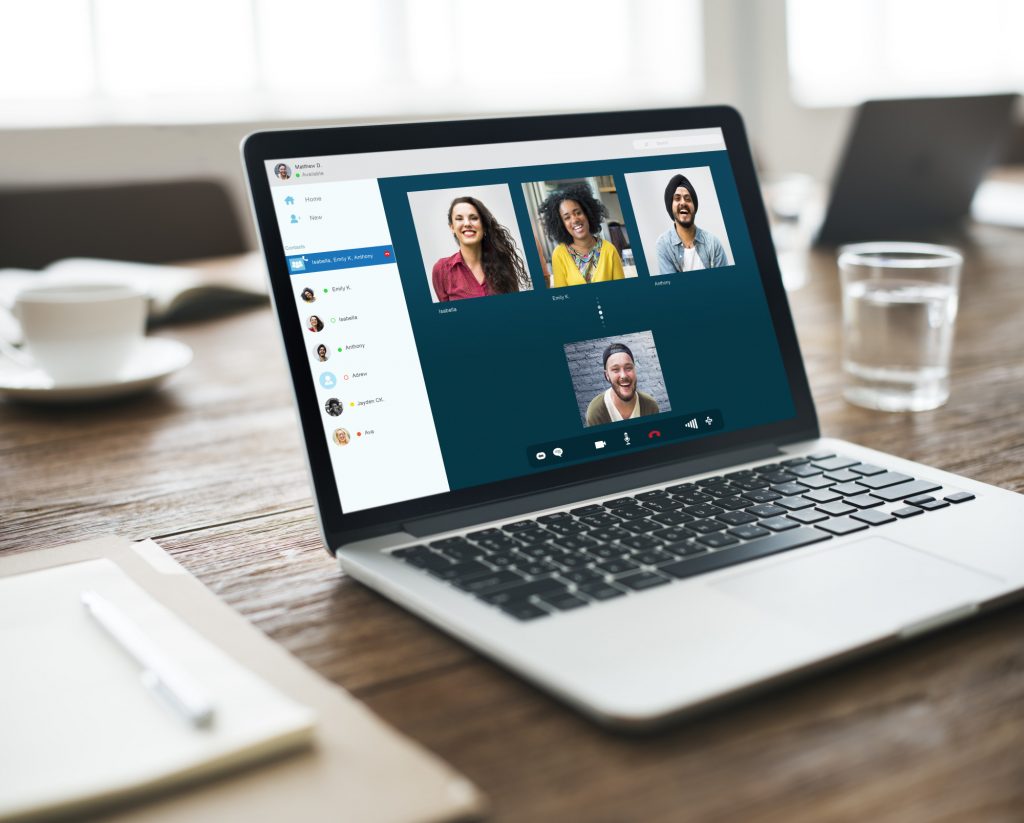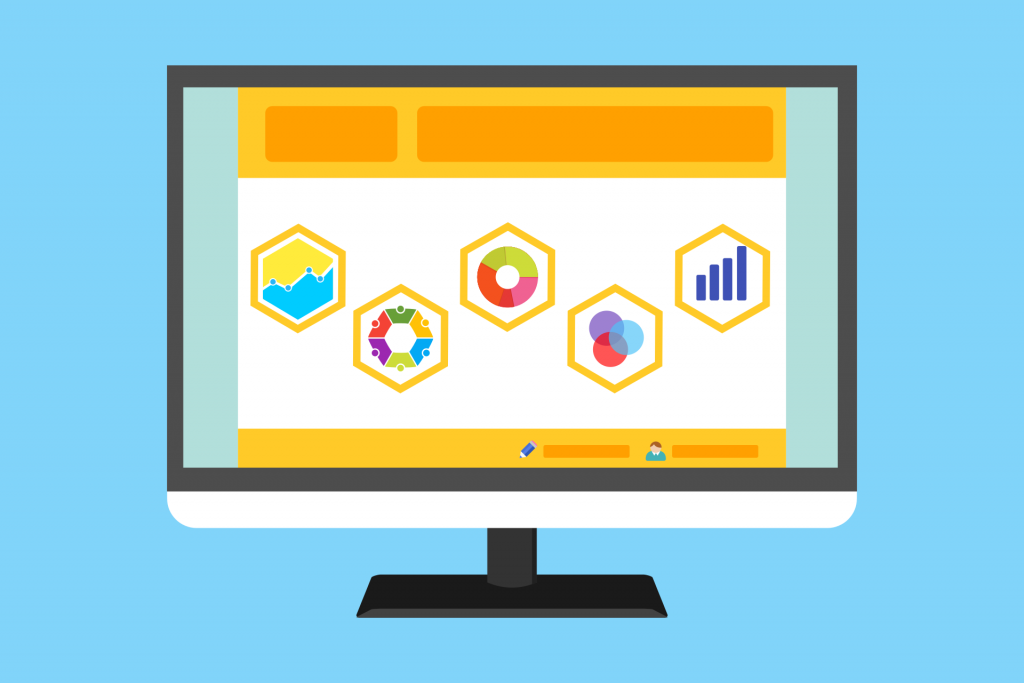- 7 WordPress Tips You Might Not Know About
- Additional WordPress SEO Strategies and Optimization
- Importance of SEO for WordPress websites
- Best practices for on-page SEO optimization
- Effective keyword research techniques for WordPress content
- Utilizing SEO plugins for WordPress websites
- Optimizing meta tags, headings, and URLs for better search engine visibility
- Importance of mobile responsiveness and SEO ranking factors
- Customization and Theme Selection for WordPress
- Plugin Recommendations and Usage Tips for Various Functionalities
- Security Measures and Best Practices for WordPress Websites
- Understanding common security vulnerabilities in WordPress
- Securing your WordPress website against hacking attempts
- Implementing strong passwords and user authentication measures
- Recommended security plugins for WordPress
- Regular backups and updating core files for security
- Importance of secure hosting and SSL for website security
- Performance Optimization Techniques for Improving Website Speed
- WordPress Website Maintenance and Regular Updates
- Importance of regular updates for WordPress core, themes, and plugins
- Creating a website maintenance checklist
- Backing up your WordPress website and database
- Scheduling plugin and theme updates to prevent compatibility issues
- Monitoring website downtime and uptime
- Considerations for major WordPress version updates
- Content Creation and Optimization for WordPress Blogs
- Troubleshooting Common WordPress Errors and Issues
- Common WordPress issues and errors and their resolutions
- Troubleshooting white screen of death and internal server errors
- Fixing plugin conflicts and compatibility issues
- Recovering from hacked WordPress websites
- Debugging techniques for identifying and fixing website issues
- Seeking professional help and using WordPress support forums
- Looking for Additional WordPress Tips?
7 WordPress Tips You Might Not Know About

There is no better place to get started building your website and creating some impressive content than with WordPress.
Believe it or not, WordPress now powers over one-third of the internet, and that number is steadily increasing. If it is sufficient enough for millions of users, you too can join in and start making your dreams become a reality.
Keep reading this guide to learn seven WordPress tips to get you started creating a new website in no time.
1. Responsiveness Matters
In a world where the industry is dominated by mobile devices, making sure you have a responsive design can make all the difference.
Instead of having just a mobile-design, a responsive design kicks it up a notch. With a responsive design, the layout of your website will adjust to fit the scale of the screen it is being presented on.
2. Don’t Forget the Plugins
One of the most helpful WordPress hints is to make sure you are utilizing the WordPress plugins that are offered.
There are over a thousand plugins to select from, that can help you in a variety of ways, including:
- Search engine optimization
- Analytics
- Contact forms
- Conversions
- Leads
- Security
- Backups
- Cache
- Design
- Performance
The list goes on and on. If you can think of a need when it comes to WordPress, there is most likely a plugin for it.
Keep in mind, if you install too many plugins, it can slow the performance of your website and leave you vulnerable to potential threats.
3. Add Security
Web security is becoming a massive industry in itself because of the increasing threat of being hacked. Our Free SSL with every WordPress Website Management Plan takes control of your domain’s security at an average savings of $80/year.
With over 8 billion consumer accounts being exposed just this past year, it’s becoming more critical than ever to add security to your new website.
Luckily, WordPress makes it easy and allows you to install plugins like Sucuri or Wordfence that can help you get started.
4. Stay Up-To-Date
WordPress regularly updates its software for various reasons like added protection or bug fixes.
Keeping up with these updates is essential. If not, you’re leaving your website vulnerable to being hacked. Other updates you should look out for include plugins and themes.
5. Link Up
Links are a significant part of how Google and other search engines determine your rank, and effectively, how visible you are on the internet.
Gathering links, both internal and external, will help build your ranking and allow others to find you easier. Backlinks are linked from different sites that link back to yours. These can be established through a practice called guest posting.
6. Connect Through Social Media
Social media can be an excellent source of leads and can be used to engage users.
Linking your social media pages can be quickly done through the use of plugins, allowing for easy sharing across platforms.
7. Test a CTA
A CTA, or call to action, is typically used to ask the reader to do something, such as click on something or to view their blog.
CTAs can be helpful in converting leads. Try testing out different ones to see which one generates the best results by using a/b testing.
Additional WordPress SEO Strategies and Optimization
When it comes to improving your WordPress website’s visibility in search engines, implementing proper SEO strategies is crucial. By optimizing your website for search engines, you can attract more organic traffic and increase your chances of ranking higher in search engine results pages (SERPs). Here are some effective strategies and optimization techniques to enhance your WordPress website’s SEO:
Importance of SEO for WordPress websites
SEO plays a vital role in ensuring that your WordPress website gets discovered by search engine users. By optimizing your website’s content, meta tags, headings, and URLs, you can improve its visibility and relevance to target keywords, resulting in higher rankings and increased organic traffic.
Best practices for on-page SEO optimization
- Optimize your page titles and headings with relevant keywords
- Create unique and engaging meta descriptions
- Use descriptive URLs with target keywords
- Ensure proper keyword placement within your content
- Optimize images with relevant alt text
Effective keyword research techniques for WordPress content
Performing thorough keyword research is essential for creating content that resonates with your target audience. Utilize keyword research tools to identify relevant keywords with high search volumes and low competition. Incorporate these keywords strategically throughout your WordPress content to improve its search engine visibility.
Utilizing SEO plugins for WordPress websites
WordPress offers a wide range of plugins specifically designed to streamline SEO optimization. Install and configure popular SEO plugins like Yoast SEO or All in One SEO Pack to simplify tasks such as XML sitemap generation, meta tag optimization, and keyword analysis.
Optimizing meta tags, headings, and URLs for better search engine visibility
Ensure that your meta tags, headings, and URLs accurately represent your content and incorporate relevant keywords. By optimizing these elements, you can improve your website’s search engine visibility and increase click-through rates (CTRs).
Importance of mobile responsiveness and SEO ranking factors
With the increasing number of mobile users, search engines prioritize mobile-friendly websites in their rankings. Ensure your WordPress website is responsive, providing an optimal user experience across various devices. Mobile responsiveness is a crucial SEO ranking factor that can significantly impact your website’s visibility in mobile search results.
Customization and Theme Selection for WordPress
When it comes to creating a WordPress website or blog, choosing the right theme is crucial. The theme you select will determine the overall look and functionality of your site. Here are some important tips and considerations for selecting and customizing the perfect theme for your WordPress project.
Choosing the Right Theme
With thousands of WordPress themes available, it can be overwhelming to find the one that suits your needs. Here are a few factors to consider when making your selection:
- Design: Look for a theme with a design that aligns with your brand or desired aesthetic.
- Functionality: Consider the features and functionalities you need, such as e-commerce integration, portfolio displays, or custom post types.
- Reviews and Ratings: Check out reviews and ratings from other users to get an idea of the quality and reliability of the theme.
- Responsiveness: Ensure that the theme is mobile-friendly and responsive, as this is essential for providing a great user experience.
Understanding the Different Types of WordPress Themes
There are three main types of WordPress themes:
- Free Themes: These are themes available for free in the WordPress theme directory. They are a good starting point for beginners on a tight budget.
- Premium Themes: Premium themes are paid themes that often come with additional features and support. They offer more customization options and tend to be of higher quality.
- Custom Themes: Custom themes are built specifically for your website or blog. They provide complete control over the design and functionality, but they can be more expensive and time-consuming to develop.
Customizing Themes Using the WordPress Customizer
WordPress offers a built-in tool called the Customizer that allows you to customize your theme’s appearance and layout. With the Customizer, you can easily change colors, fonts, backgrounds, and more, without needing to write any code.
Recommended Free and Premium Theme Options
For specific purposes, certain themes work better than others. Here are some recommended options:
- Portfolio Websites: Astra, OceanWP, and Hestia
- E-commerce Websites: WooCommerce, Shop Isle, and GeneratePress
- Blog Websites: Baskerville, Hemingway, and Divi
Tips for Creating a Custom Child Theme
A child theme allows you to make modifications to an existing theme without altering its original files. It’s important to create a child theme to ensure that your customizations are preserved when the parent theme is updated. Here are some tips for creating a custom child theme:
- Create a new folder in your theme directory for the child theme.
- Create a stylesheet file with the necessary information and import the parent theme’s stylesheet.
- Activate the child theme in your WordPress admin dashboard.
Importance of Responsive Design
With the increasing use of mobile devices, having a responsive website is essential. Responsive design ensures that your site looks and functions well on all devices, including smartphones and tablets. This positively impacts user experience and can boost your website’s visibility in search engine results.
Plugin Recommendations and Usage Tips for Various Functionalities
One of the greatest advantages of using WordPress is its extensive library of plugins. Plugins are like mini-applications that can be added to your website to enhance its functionality and add new features. In this section, we will explore some essential plugins for WordPress websites, top plugins for SEO, security, caching, and performance optimization, and recommended plugins for adding specific functionalities to your website. Additionally, we will also dive into the process of installing and activating plugins, configuring and optimizing them for optimal performance, and the importance of regularly updating and maintaining plugins to ensure compatibility and security.
Security Measures and Best Practices for WordPress Websites
Keeping your WordPress website secure is essential for protecting your data and preventing unauthorized access. By understanding common security vulnerabilities and implementing best practices, you can minimize the risk of hacking attempts and ensure the safety of your website.
Understanding common security vulnerabilities in WordPress
WordPress, like any other platform, is susceptible to various security vulnerabilities. It’s important to be aware of these vulnerabilities to take proactive measures against potential threats. Some common vulnerabilities include outdated software, weak passwords, insecure plugins, and themes with security loopholes.
Securing your WordPress website against hacking attempts
To protect your WordPress website from hacking attempts, there are several measures you can take. Firstly, keep your WordPress installation and all plugins and themes up to date. Regularly updating your website ensures that you have the latest security patches installed.
Additionally, consider using a security plugin that provides features like malware scanning, firewall protection, and login lockdown. These plugins can help detect and prevent unauthorized access to your website.
Implementing strong passwords and user authentication measures
One of the simplest yet effective ways to enhance your WordPress website’s security is by using strong passwords. Avoid using common passwords or easily guessable combinations. Instead, create complex passwords that include a mix of letters, numbers, and special characters.
Furthermore, implement user authentication measures such as two-factor authentication (2FA) to add an extra layer of security. This ensures that even if someone knows the password, they will still need another verification method to gain access.
Recommended security plugins for WordPress
There are several security plugins available for WordPress that provide comprehensive protection. Some popular options include Wordfence Security, Sucuri Security, and iThemes Security. These plugins offer features like firewall protection, malware scanning, and login security enhancements.
Regular backups and updating core files for security
Regularly backing up your WordPress website is crucial for security purposes. In the event of a compromise or data loss, having a recent backup ensures that you can restore your website to a previous state.
In addition to backups, it’s important to regularly update the core files of your WordPress installation. WordPress releases updates regularly to address security vulnerabilities and improve overall stability. Staying up to date with these updates helps keep your website secure.
Importance of secure hosting and SSL for website security
Choosing a reliable and secure hosting provider is vital for the security of your WordPress website. Ensure that your hosting provider employs strict security measures and offers features like malware scanning and DDoS protection.
Furthermore, implementing SSL (Secure Sockets Layer) on your website is crucial for securing data transmission. SSL encrypts the data exchanged between your website and users, making it significantly harder for attackers to intercept and decipher.
Performance Optimization Techniques for Improving Website Speed
Having a fast website is crucial for both user experience and SEO. Slow loading pages can lead to high bounce rates and decreased conversions. Additionally, search engines like Google consider website speed as a ranking factor, which means that a slow website can negatively impact your search engine rankings. Here are some tips to optimize your website’s speed:
1. Optimize Images and Multimedia Files
Large and uncompressed images and multimedia files can significantly slow down your website. To optimize them:
- Compress images without compromising image quality using tools like Adobe Photoshop or online compressors.
- Use the appropriate file formats for images and multimedia files. For example, use JPEG for photographs and PNG for images with transparency.
- Resize images to the exact dimensions required by your website.
- Lazy load images and multimedia files so that they only load when the user scrolls to them.
2. Utilize Caching Mechanisms and Plugins
Caching temporarily stores data to reduce server load and improve website speed. Consider implementing these caching mechanisms:
- Use a caching plugin, such as WP Super Cache or W3 Total Cache, to generate static HTML files of your website and serve them to users instead of dynamically generating each page.
- Utilize browser caching by setting appropriate cache headers to enable the browser to cache static resources like CSS, JS, and images.
3. Minify CSS and JS Files
Minifying CSS and JS files involves removing unnecessary characters like spaces, line breaks, and comments, without impacting functionality. This improves file size and speeds up their loading. Consider the following:
- Use minification plugins or online tools to automatically minify your CSS and JS files.
- Combine multiple CSS and JS files into a single file to reduce the number of requests made to the server.
4. Optimize Database Queries and Reduce Server Load
Optimizing database queries and reducing server load can greatly enhance website performance. Consider the following techniques:
- Avoid executing redundant database queries by optimizing your code and reducing reliance on plugins that generate excessive database queries.
- Regularly clean up your database by removing unnecessary data, spam comments, and post revisions.
- Utilize a caching plugin that can cache database queries and reduce the load on your server.
5. Test and Monitor Website Performance
Regularly test and monitor your website’s performance using tools like Google PageSpeed Insights. This will provide insights into potential areas for improvement, such as page load times, server response times, and recommended optimizations. Take these results into consideration to continuously optimize your website for better speed.
WordPress Website Maintenance and Regular Updates
Regular website maintenance and updates are essential for keeping your WordPress website running smoothly and secure from potential vulnerabilities. Here are some important considerations:
Importance of regular updates for WordPress core, themes, and plugins
Regular updates for WordPress core, themes, and plugins are crucial for several reasons:
- Security: Updates often include security patches that protect your website from potential threats and vulnerabilities.
- Performance: Updates may also include performance improvements, bug fixes, and new features that enhance the overall functionality of your website.
- Compatibility: Updates ensure that your website remains compatible with the latest versions of WordPress, themes, and plugins, preventing any potential conflicts or compatibility issues.
Creating a website maintenance checklist
Creating a website maintenance checklist can help you stay organized and ensure that all necessary updates and maintenance tasks are performed regularly. Your checklist may include:
- Checking for WordPress core updates
- Updating themes and plugins
- Backing up your website and database
- Monitoring website downtime and uptime
Backing up your WordPress website and database
Regularly backing up your WordPress website and database is essential to protect your data in case of any unforeseen circumstances. Consider using reliable backup plugins or solutions to automate this process.
Scheduling plugin and theme updates to prevent compatibility issues
When updating plugins and themes, it’s important to schedule these updates strategically to prevent any compatibility issues. Test updates in a staging environment before applying them to your live website.
Monitoring website downtime and uptime
Monitoring your website’s downtime and uptime is crucial for identifying any performance issues or potential server problems. Utilize monitoring tools or services to stay informed about any interruptions.
Considerations for major WordPress version updates
Major WordPress version updates may introduce significant changes to the core codebase. Before updating, consider the following:
- Research the changes and improvements included in the update
- Check plugin and theme compatibility with the new version
- Create a backup of your website and database
- Test the update in a staging environment to ensure smooth compatibility and functionality
Content Creation and Optimization for WordPress Blogs
When it comes to WordPress blogs, content is key. Crafting engaging and SEO-friendly content can help drive traffic to your website and increase your online visibility. Here are some tips to help you create and optimize your content:
Crafting Engaging and SEO-Friendly Content
Creating content that captivates your audience while also being optimized for search engines is crucial. To achieve this, make sure to:
- Understand your target audience and their interests
- Research trending topics and keywords relevant to your niche
- Create compelling headlines to grab your readers’ attention
- Use H2, H3, and strong tags to structure your content and highlight important points
Structuring Blog Posts for Readability and SEO
The way you structure your blog posts not only affects their readability but also their search engine optimization. To optimize your posts, follow these guidelines:
- Break your content into easily digestible paragraphs
- Use bullet points or numbered lists to organize information
- Include relevant keywords in your headings and throughout your content
Optimizing Images and Multimedia
Visual content can enhance the user experience on your WordPress blog. To optimize images and multimedia, consider the following:
- Compress and resize images to improve loading times
- Add descriptive alt tags to your images for accessibility and SEO
- Embed videos and audio files from reputable sources
Utilizing Internal and External Linking Strategies
Linking to other pages within your WordPress blog (internal linking) and external websites can boost your website’s SEO. Here’s how to do it effectively:
- Add relevant internal links to older blog posts or related content
- Link to authoritative external sources to support your claims
- Use keyword-rich anchor text for your links, but avoid keyword stuffing
Encouraging User Engagement and Social Sharing
Engaged users are more likely to share your content, increasing its reach. To encourage user engagement and social sharing:
- Include calls-to-action (CTAs) to encourage comments and social shares
- Create shareable content by providing valuable information or addressing common pain points
- Integrate social sharing buttons for easy content sharing
Troubleshooting Common WordPress Errors and Issues
In the world of WordPress, it’s not uncommon to encounter errors and issues that can leave you scratching your head. But fear not! With a little troubleshooting know-how, you’ll be able to tackle these problems head-on and get your website back on track.
Common WordPress issues and errors and their resolutions
WordPress is known for its user-friendly interface, but that doesn’t mean it’s immune to problems. Some common issues you might come across include the notorious “white screen of death” and internal server errors. But don’t panic! These can often be resolved by checking the compatibility of your WordPress version with your theme and plugins, ensuring that your server meets the system requirements, and deactivating troublesome plugins or themes.
Troubleshooting white screen of death and internal server errors
The white screen of death and internal server errors can be frustrating, especially when they occur without any warning. To troubleshoot the white screen of death, try deactivating all plugins and switching to a default theme to pinpoint the issue. If that doesn’t work, you can increase the memory limit in your wp-config.php file or reach out to your hosting provider for assistance. Similarly, internal server errors can often be resolved by checking for corrupt files, increasing the PHP memory limit, or consulting with your hosting provider.
Fixing plugin conflicts and compatibility issues
Plugins are a powerful way to add functionality to your WordPress site, but they can sometimes clash with each other, resulting in compatibility issues. To fix plugin conflicts, start by deactivating all plugins and then activating them one by one to identify the problematic one. Often, updating the plugins to their latest versions can also resolve compatibility issues.
Recovering from hacked WordPress websites
A hacked WordPress website can cause a lot of damage, but don’t lose hope. Start by identifying the source of the breach and then take immediate action to secure your website. This may involve changing your login credentials, updating WordPress and plugins to their latest versions, scanning for malware, and restoring from a clean backup if necessary. It’s always a good idea to engage a security professional to assist in the recovery process.
Debugging techniques for identifying and fixing website issues
When faced with a website issue, it’s important to have proper debugging techniques in your toolkit. Start by enabling WordPress debugging mode, which will provide more detailed error messages. You can also use plugins like Query Monitor or Debug Bar to help identify and fix issues. Don’t forget to keep a backup of your website before making any changes!
Seeking professional help and using WordPress support forums
If you’ve tried everything but still can’t resolve the issue, don’t hesitate to seek professional help. WordPress professionals and developers have the knowledge and experience to tackle even the trickiest of problems. Additionally, WordPress support forums are a great resource for troubleshooting and getting guidance from the community.
Looking for Additional WordPress Tips?
WordPress is an excellent place to build your website and start gathering readers. Starting a website can be intimidating, but by using these seven WordPress tips, you will be well on your way.
